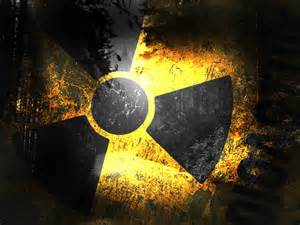Actually, this should properly be called more of the same nuclear nonsense.
Writing in the Guardian Michael Hanlon on May 2nd describes in some detail the rate of closure of Britain’s existing nuclear power stations. This is a primary cause of ‘an energy crisis that is anything but silly’. Three nuclear power stations, he explains, closed last year. One more will go next year, then three more by 2019. By 2023 ‘less than a decade away – we will be down to just one’. Scary stuff, right.Well, not really.
We did close three reactors last year and one more will close next year. And, by the way, it is not three reactors that will close, on current plans, by 2019, it is six. Here is what Michael Hanlon glosses over. There are eight more reactors that, on current plans, will not close until 2023. This is when the 7 year life extensions EDF expects to get for its existing reactors run out.
I am emphasising that these dates are all on current plans because if you search around a bit more on the EDF website you find that they are ‘now expected to remain operational until at least 2023. The key words here are ‘at least’. There is every reason to expect that these life extensions will be followed by others and that more than one of EDF’s current fleet of reactors will be generating electricity into 2030 and beyond.
To be more precise, the reason is the recently imposed carbon support price, a carbon tax by another name. This gives EDF’s reactors a competitive edge in the electricity market. The capital cost of its current reactors has long been written off so they are now cash cows. EDF will keep them running for as long as possible to harvest the carbon tax.
So why is Michael Hanlon so keen to warn us that they might all be gone soon after 2020? The clue to that is to be found on his website. There, as well as proclaiming himself ‘Britain’s sharpest and most well-read newspaper science journalist’, Hanlon lauds ‘his support of nuclear power’.
One of the key arguments advanced by supporters of EDF’s plan to build a new nuclear power station at Hinkley Point in Somerset is the need keep the lights on in the face of a looming generation gap.It is true that we will lose some 26.8GW of generation capacity by 2015. But there is 30.3GW of mothballed, under construction or already planned generating capacity available to fill any gap that might appear.
Electricity demand growth is anyway being suppressed by the failure of the Government’s economic policy. Gap, what gap? Without the scary stories about a looming generation gap that Michael Hanlon and the Daily Mail – his usual home – have been touting it is much harder for nuclear devotees to justify the £50 billion in subsidy from Britain’s householders and businesses EDF will require over the next 40 years to build one new nuclear power station.
This is far larger than anything that will be offered to buy electricity from renewable sources. Sharp, Michael Hanlon appears to be, but perhaps not quite in the way intended.
Tom Burke
May 6th 2013
London

